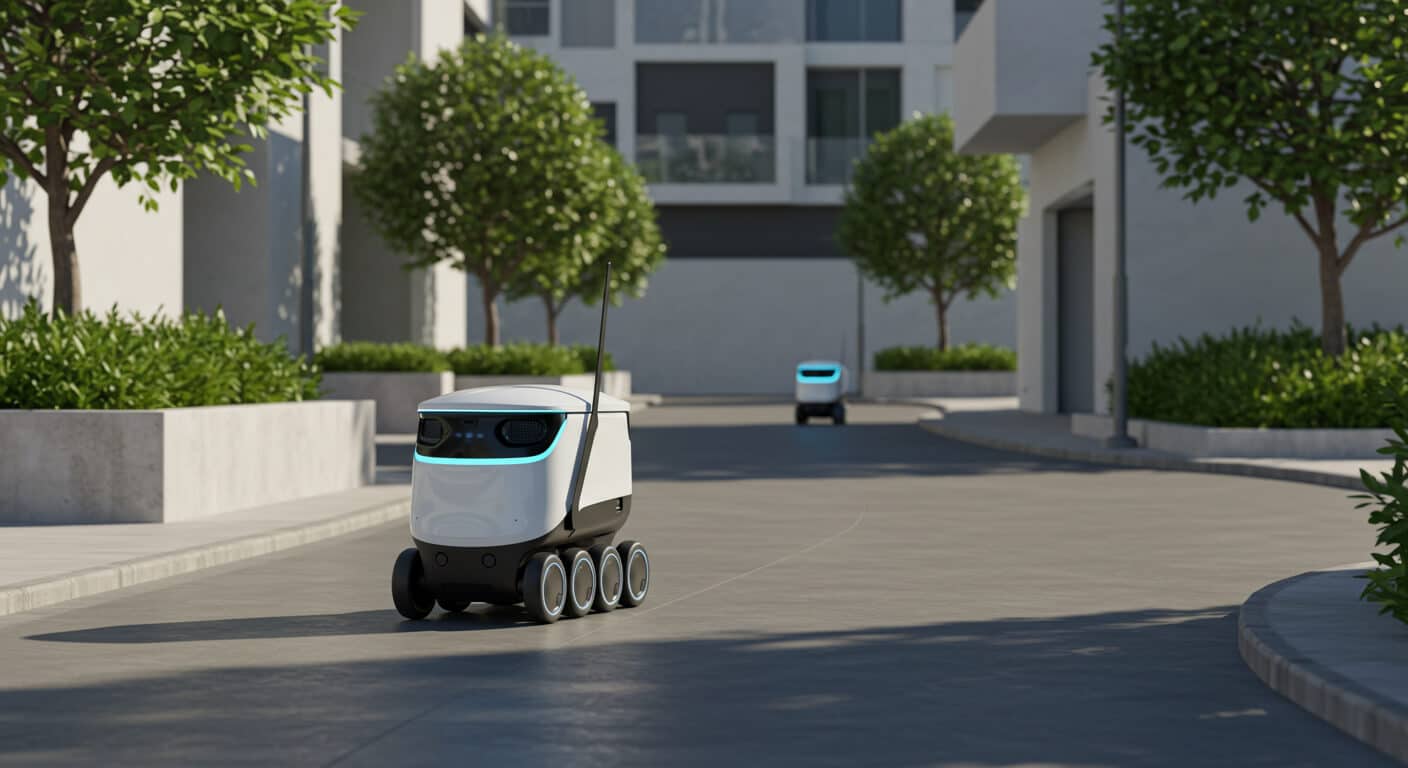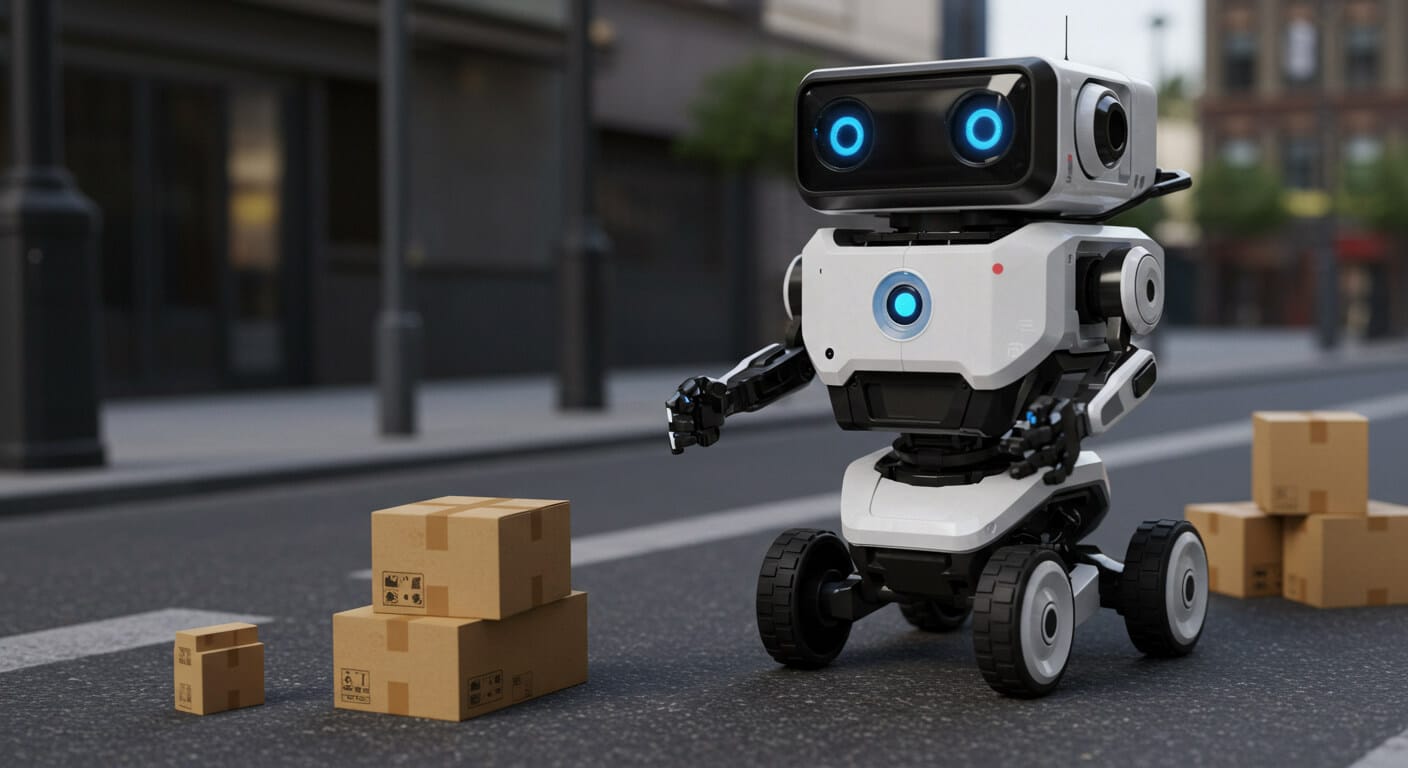
How Quality Data Powers Decentralized Physical AI (DePAI)
When people talk about AI, the conversation usually stays in the digital world. But Decentralized Physical AI (DePAI) is changing that — it’s bringing intelligence into the real world, where robots, drones, and autonomous vehicles don’t just think, they act.
But there’s a catch. For these systems to work — to see, move, react, and make decisions — they need something just as important as smart code: quality data. Not just more data, but better data. Real-time, accurate, decentralized, and trustworthy.
And that’s where DePIN projects come in.
Why DePAI Needs Better Data
Decentralized Physical AI (DePAI) is all about giving machines agency — letting them learn, decide, and operate in the physical world without being controlled by a single entity. But none of that is possible without high-quality input. The phrase “garbage in, garbage out” applies even more when you’re dealing with a robot in traffic or a drone navigating a city.
DePAI systems rely on sensors, spatial intelligence, and environmental awareness. They need real-time traffic flows, road conditions, temperature, foot traffic, and even local regulations — all of it delivered in a secure and decentralized way. That’s more than any one company can realistically provide.
That’s why decentralized data networks are essential.
DePIN Projects: The Data Backbone for DePAI
DePIN (Decentralized Physical Infrastructure Networks) projects are rapidly emerging as the connective tissue for the machine-powered future. These systems gather real-world data from individuals and devices and store it in decentralized networks where it can be accessed and used without gatekeepers. The data is often crowdsourced and rewarded, creating a sustainable ecosystem of contribution and feedback.
For Decentralized Physical AI (DePAI), this kind of infrastructure is invaluable. DePINs can provide everything from location intelligence to environmental conditions to behavioral patterns — all verified through distributed consensus. Instead of relying on centralized APIs, DePAI agents can tap into live, trustless, community-generated data to guide their decisions.
Whether it’s a drone navigating a cityscape or a robotic delivery system avoiding traffic congestion, the reliability and granularity of DePIN data can be the difference between success and failure.
A Decentralized Feedback Loop
One of the key features of DePAI is decentralization — these systems aren’t controlled by one provider. So their data sources can’t be centralized either. DePIN projects offer a powerful model here: data is generated by users, verified across the network, and monetized in ways that reward accuracy and participation.
This feedback loop — where communities contribute, validate, and benefit — ensures that data remains fresh, transparent, and resilient. It gives Decentralized Physical AI (DePAI) systems a stable foundation for growth while keeping control in the hands of the network rather than a few dominant players.
The Bigger Picture: Building Trust Into the Machine Economy
As more autonomous agents take to the streets, delivery bots, self-driving cars, and service drones, they’ll need to trust the information they’re getting. If the data is bad, the results can be dangerous.
Decentralized Physical AI (DePAI) isn’t just about smart machines. It’s about creating an ecosystem where those machines are making informed, ethical, and safe decisions because the data feeding them is solid.
DePIN projects help build that foundation. They bring transparency, reward participation, and support the open infrastructure these systems rely on.
Why It Matters Now
The rise of Decentralized Physical AI (DePAI) is happening fast. And if we don’t build the right data layer now, we risk repeating the mistakes of the internet era, where control and wealth were concentrated in a few platforms.
By supporting DePIN-projecten and encouraging open participation, the DePAI ecosystem stays open, equitable, and robust. We get machines that don’t just run, they learn and act in ways that reflect the real world, not corporate algorithms.
Because in the future of DePAI, the smartest machines will be the ones that understand the world, and they’ll need our help to do it.

